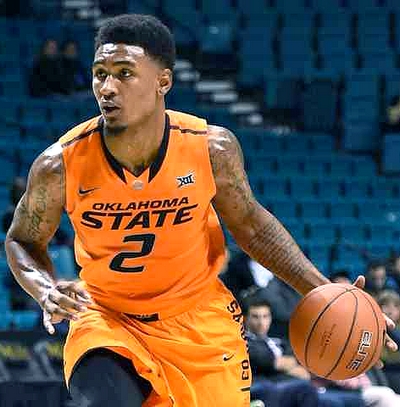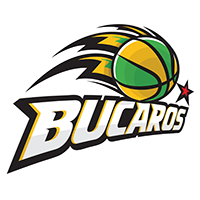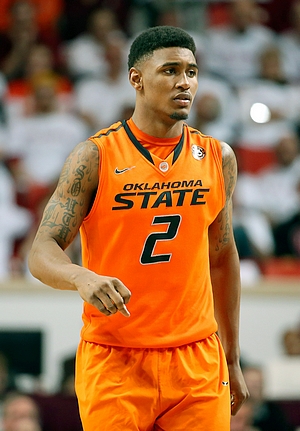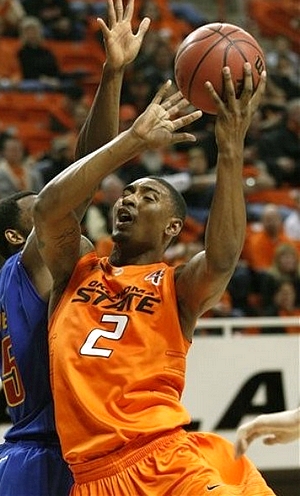Few expected Le'Bryan Nash to make it to his sophomore season, let alone finish his career as one of the most productive players in Oklahoma State history. After all, Nash was a top-10 recruit in the class of 2011 with prototypical size and athleticism for an NBA wing. Four years later, Nash finally established himself as one of the top players in the Big 12 by shedding the inconsistency that plagued him throughout his first three seasons in Stillwater and helping Oklahoma State back to the NCAA Tournament. Yet, he still shows many of the same weaknesses that scouts noticed as early as 2007, which presents serious questions regarding his potential at the next level.

Nash has always looked the part of an NBA wing, standing over 6'7 with a solid 232-frame and a 6'10 wingspan. He is a good athlete, as well, quick in transition, explosive enough around the basket, and with impressive agility for his size. He displays the physical tools NBA scouts expect from a power-wing, though he rarely proved able to exploit his physical advantage at the collegiate level.
Nash commanded over 27% of Oklahoma State's possessions as a senior while averaging a career high 21.5 points per 40 minutes pace adjusted, which ranked him among the most productive wings in our database. He did so, however, on 47.8% 2P% and 46% EFG%, which are well below average relative to this same group. He also established himself as one of the most turnover prone wings in our database to the tune of 4.0 turnovers per 40 minutes pace adjusted.
Nash does most of his damage around the basket, finding 60% of his possessions in this capacity. He is at his best putting the ball on the floor and muscling his way to the basket with a straight line drive. He is also a capable scorer receiving the ball off of cuts or in the paint, where he can use his quickness, strength, and agility to the get to the basket. In these situations, he can play to his strengths without being expected to do too much and in a way that does not expose his limited ball-handling skills, raw scoring instincts, and average shooting touch around the basket.
He is also a solid mid-range shooter, looking particularly savvy pulling up off of the dribble from inside of 17-feet, where he made 40% and 45.5% of his attempts, respectively. Yet, Nash made only 28% of his shots from outside of 17 feet, attempting a mere 37 attempts from mid-range and just 13 from beyond the arc. His mechanics remain inconsistent from a standstill and he does not look comfortable spotting up, and he frequently passes up open looks to give the ball to a teammate or move inside of the three-point line to shoot. While his mechanics do appear salvageable, his time in Stillwater offers little evidence that he can further develop in this capacity. His lack of shooting range is a glaring issue and one that will ultimately limit his potential significantly at the next level.
His play on the defensive end of the ball hardly compensates for his weaknesses on offense. Though he can and does occasionally make dynamic plays, his instincts and fundamentals on the defensive end appear well below average. As we mentioned in the past, Nash struggles to maintain position on the defensive end, which frequently results in blown rotations or subpar attempts to guard the pick-and-roll. Though he has excellent physical tools, his lack of fundamentals, anticipation skills, timing and inconsistent effort did him few favors at the NCAA level and paint a bleak picture for his NBA prospects.
Perhaps the most significant issue, therefore, is that, while Nash developed into a good college player, he never developed any NBA-caliber skills. His fundamentals and instincts on both sides of the ball still appear raw and in need of significant work. He still cannot shoot from the perimeter and his defense hardly compensates for his underdeveloped offensive repertoire. His physical profile remains intriguing, but on the cusp of his 23rd birthday and given his collegiate developmental trajectory, further improvement may be an uphill battle. A reliable perimeter jump shot and improved defensive player are essential to his prospects moving forward, but he should have plenty of opportunities to hone his skills in the D-League or overseas in the meantime.






























Comments